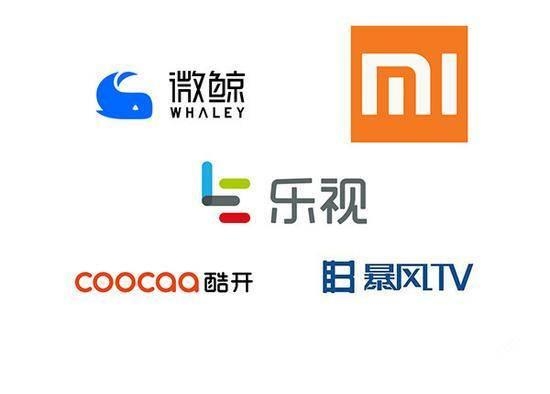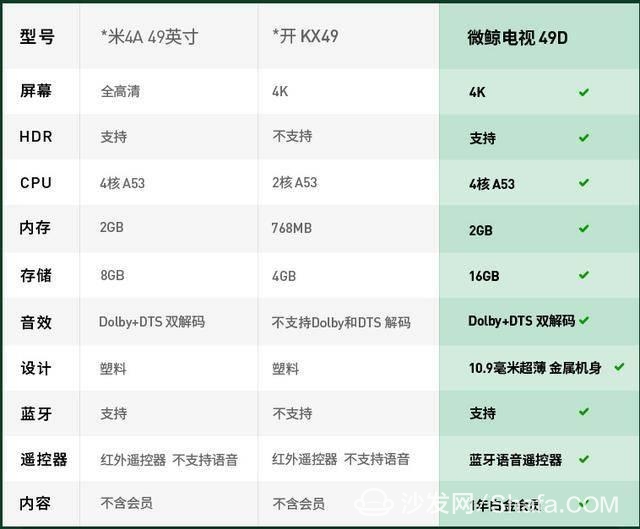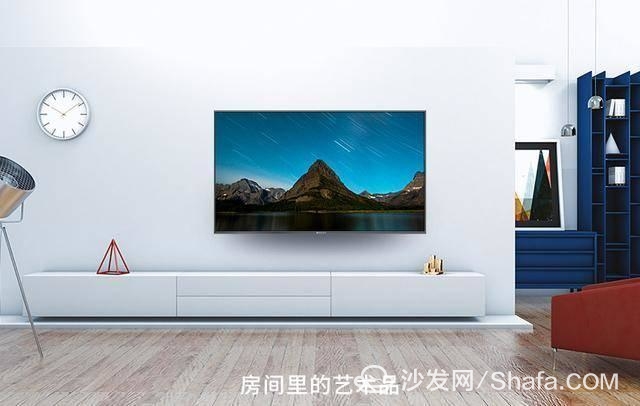
The cutthroat nature of the Internet industry, coupled with increasingly sophisticated consumer preferences, has intensified competition among tech companies. In recent years, the smart TV market has transitioned from simplistic price wars and configuration battles to a more comprehensive competition involving design, configuration, content, service, and more. MicroWhale has thrived amid this shift, achieving impressive market results. To better understand why MicroWhale is emerging victorious, let’s examine a specific case.

The 49-inch TV screen remains a popular choice for living rooms. A 49-inch TV’s market performance is often quite telling. Consider the recently launched MicroWhale SmartPhone 49D, part of the D series, which embodies MicroWhale’s “high-end all-around†product philosophy. From quality and hardware configuration to design and voice control, as well as membership content services, the 49D has made significant strides. In terms of specifications, this model features a top-tier 4K HDR screen, a 64-bit high-performance processor, and a 2+16GB memory combo—well-suited for most users and ensuring a smooth viewing experience. Additionally, it integrates MicroWhale’s intelligent voice recognition technology, streamlining operations and making the TV both smarter and easier to use.



In comparison, competitors like Xiaomi and LeTV lack equivalent offerings. LeTV, mired in an arrears crisis, has seen its TV business struggle. Though Xiaomi’s TV 4A entered the 49-inch market earlier, it featured only a full HD screen compared to the 4K resolution of the MicroWhale 49D. Additionally, the Mi Box’s screen performance lags behind, compounded by its 8GB of internal storage, plastic build, and lack of membership services—all factors that diminish its competitiveness.

Product strength drives brand strength—a lesson learned over the past few years. Superior products are essential to meeting consumer demands and driving sales. MicroWhale TV emphasizes aesthetic design, ensuring its products are not only functional but also visually appealing. In terms of configuration, MicroWhale consistently offers high-end components at competitive prices. Furthermore, with backing from Chinese cultural content and Tencent, MicroWhale TV provides access to a vast library of content services. These advantages, combined with its strong brand presence, position MicroWhale as a formidable contender in the Internet TV market, surpassing the legacy brands like Xiaomi and LeTV.
For more information about smart TVs and related products, visit Smart TV Information Network Sofa Butler (http://), a leading platform in China for TV box and smart TV enthusiasts, offering news, reviews, and community engagement.Ae Control Cabinet,Electrical Ae Control Cabinet,Ae Motor Control Cabinet,Ae Electrical Control Cabinet
Huaian Qiangsheng Cabinet Co., Ltd. , http://www.qscontrolcabinet.com